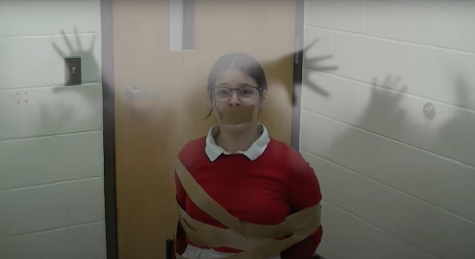SNO offers easy way for teachers to go online
Eight years ago, Jason Wallestad was a high school newspaper adviser who wanted to challenge his students to create a website.
“I didn’t have a clue about how to do it,” Wallestad said. “I didn’t know anything about websites.”
The St. Louis Park, Minnesota, teacher turned to his friend Tom Hutchinson for help. Hutchinson, then a product manager for a company that provided websites to TV stations, told Wallestad that WordPress was the way to go.
Wallestad and Hutchinson got together one weekend and got to work. That weekend gave the students of Benilde-St. Margaret’s School a brand new website for the Knight Errant, and it gave the two friends an idea.
“In the process of building that site and experimenting with different WordPress themes and trying out plugins, we kind of had this realization that this is pretty tricky stuff,” Wallestad said. “There’s a lot to it, and we bet there were a lot of people out there who would be having the same challenges as we were experiencing.
“So we kind of just decided, let’s start a business and see if we can make this go.”
School Newspapers Online picked up about a dozen clients in its first few months, and business hasn’t slowed down since. SNO currently hosts over 2,000 websites for scholastic journalism organizations, and both Wallestad and Hutchinson work exclusively for the company.
WordPress sites, ranging from small personal blogs to large media organizations, make up 24 percent of the Internet, according to WordPress. Its ease of use, basic architecture and active developer community keep WordPress at the forefront of content management systems.
“You can really make WordPress do anything you want to do,” Wallestad said.
Despite WordPress’ reputation as being user-friendly and intuitive, Wallestad and Hutchinson built features into SNO to try to make it even easier for people to use. They’ve also created a robust support network, and their goal is to respond to all questions within an hour during the workday.
SNO also offers SNO Flow, a classroom manager that helps teachers delegate and manage all aspects of production in one central location.
For varying reasons, many advisers have yet to create an online presence for their publication.
When Wallestad launched the Knight Errant’s website, it was more of a side project to go along with the print edition, he said.
“When [my students] finally had a few big news stories that they needed to cover in very short order, they really saw the power of the website as a way to connect with their audience,” Wallestad said.
With budgets that are shrinking or being eliminated all together, going online can be an affordable way to maintain the journalism program rather than having it cut entirely, Hutchinson said.
“Whether you go with SNO or try to go it on your own, more than likely the cost of an entire year of service online will be cheaper than printing one issue of your paper,” he said.
Wallestad also touted the sense of immediacy a website can bring to a teacher’s classroom.
“High school newspapers have always been great, phenomenal projects, but they become a little bit more real when you can cover a story instantly, and you can get something out to an audience,” he said
Web skills will help students in any career, Wallestad said.
“No matter what jobs anybody goes into, they need to know how to use websites and publish online,” he said. “You’re going to be a tremendous asset to any employer if you understand the basics of publishing on a WordPress site.”
Once a teacher decides to go online, there are some things to keep in mind to help make the site a success.
Erinn Harris, publications adviser at Thomas Jefferson High School for Science and Technology in Alexandria, Virginia, said her students frequently worry about making stories print-worthy before posting online, even during breaking news events. Her advice is “don’t be afraid of imperfection.”
“With online, if you wait too long, it’s not timely, which is more important than perfect, in my opinion,” Harris said. “Online gives us the chance to do real-world, authentic journalism, to get content on and out to your audience in a way that makes it news, not the news every four-to-six weeks. In short, get your kids publishing as soon as they know the basics so that they’re practicing real-world journalism. Use mistakes as teachable moments, but get the news out to your audience while it’s still news.”
Sandy Gaul, publications adviser at Wahlert Catholic High School in Dubuque, Iowa, said her students aren’t crazy about writing for the online paper because they think people don’t read it. For that reason, it’s important to find ways to drive traffic to the website, she said.
“If you’re going to do both an online and print paper, come up with a system whereby the online paper gets updated on a regular basis,” Gaul said.
SNO has come up with a program that aids in driving traffic to sites, as well, by helping staffs create active, inviting sites that other students will want to come to. The SNO Distinguished Sites program gives specific standards for staffs to meet with their website in order to earn badges. Sites that earn all six available badges are recognized as SNO Distinguished Sites for that school year.
The page on SNO’s site that lists and links to the SNO Distinguished Sites is one of SNO’s most visited pages.
“That serves as a great resource for seeing what the best high school sites are doing,” Hutchinson said.
Wallestad visits professional news sites to gather design and coverage inspiration, he said, and Hutchinson said JEA Digital Media is one of his favorite sites.











